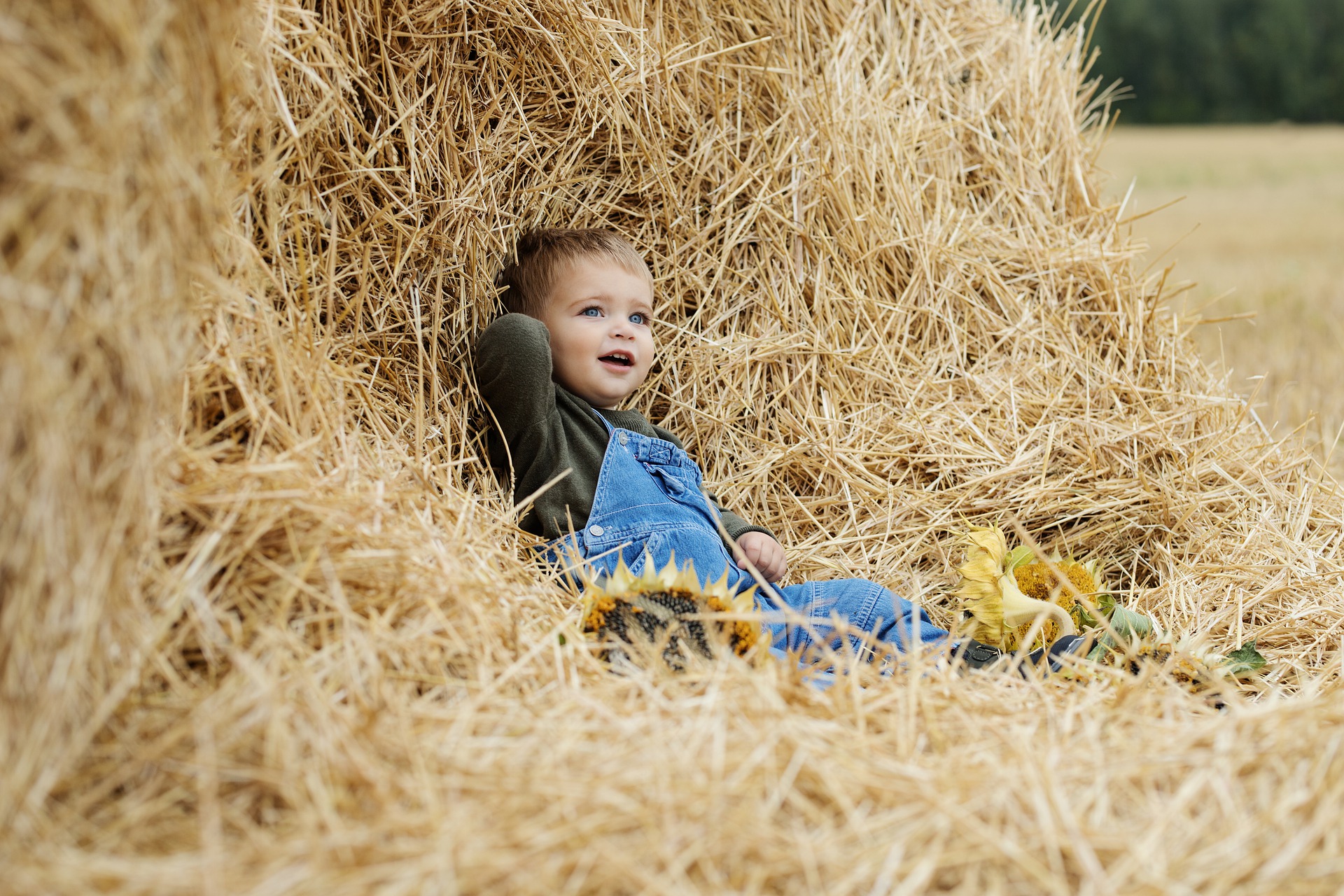Keeping Our Young Passengers Safe

The birth of our new daughter means we recently added a second car seat to our family car. It brings to mind some safety tips for transporting the wee ones — our most precious cargo.
In 2019, 608 child passengers aged 12 and younger died in motor vehicle crashes, and more than 91,000 were injured. Of the children 12 and younger who died in a crash, 38% were not buckled up. We can make a huge life-saving difference by making sure our children are properly buckled on every trip, in age and size appropriate car seats, booster seats, and seatbelts. Compared with seatbelt use alone:
- Car seat use reduces the risk of injury in a crash by 71-82% for young children
- Booster seat use reduces the risk for serious injury by 45% for children aged 4-8
- and, for older children, seatbelt use reduces risk for death and serious injury by about half
Of course, different safety measures are required as our children grow:
- For infants and toddlers, from birth until age 2-4, buckling them in a rear-facing car seat with a harness in the back seat offers the best possible protection
- After reaching the maximum weight or height limit of their rear- facing car seat, use a forward facing car seat until at least age 5
- After outgrowing the forward-facing car seat, use a booster seat until the seatbelt fits properly (the lap belt is across the upper thighs, not the stomach, and the shoulder belt is across the center of the shoulder and chest); this typically doesn’t occur until they are ages 9-12.
- Buckle up children 12 and younger in the back seat. The middle seat position is best when possible, using a lap and shoulder belt. Airbags can kill young children riding in the front seat.
But restraints aren’t the only thing to keep in mind for the safety of our young riders:
- Kids can be injured if a power window closes on a finger, wrist, or hand. Teach them not to play with the window switches, and lock the power windows if possible.
- Snacks can be risky for the little ones, with children aged 6 months to 3 years at highest risk for choking. When driving, avoid such foods as whole grapes and raisins, nuts, seeds, chunks of meat or raw vegetables, hard candy, popcorn, etc.
- Teach them that safety belts aren’t toys. They can become entangled if they extend it and wrap it around their head or neck. Keep unused safety belts retracted or buckled and locked.
- A child left in a car can suffer heat stroke very quickly. Never leave them unattended and check the back seat before you exit.
- In a crash, loose objects can become projectiles. Make sure things like soda cans, water bottles, cell phones, purses, etc. are restrained for everyone’s safety.
Our children are our most precious gift. An injured child is the personal injury I most hate to see. Let’s do all we can to keep them safe.



